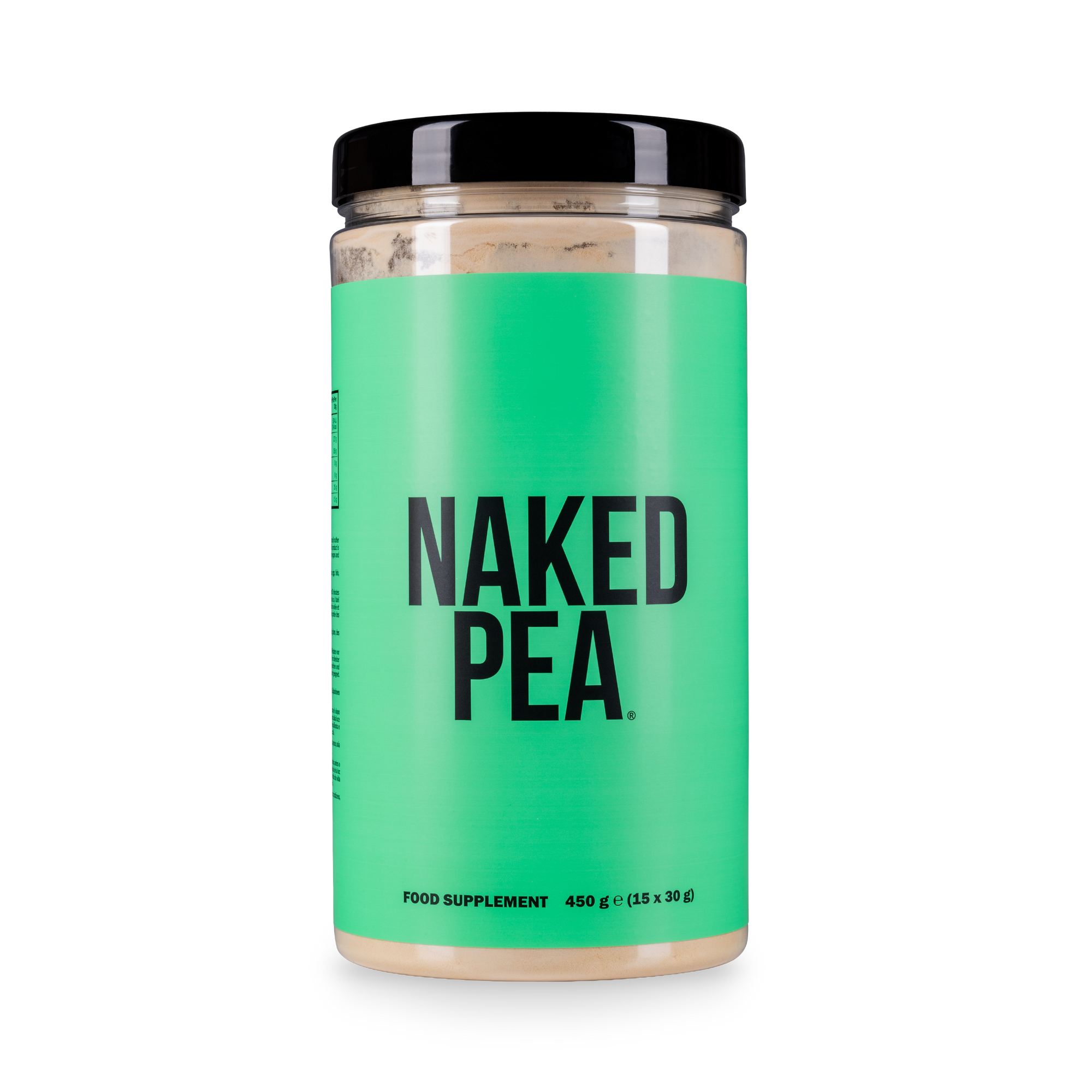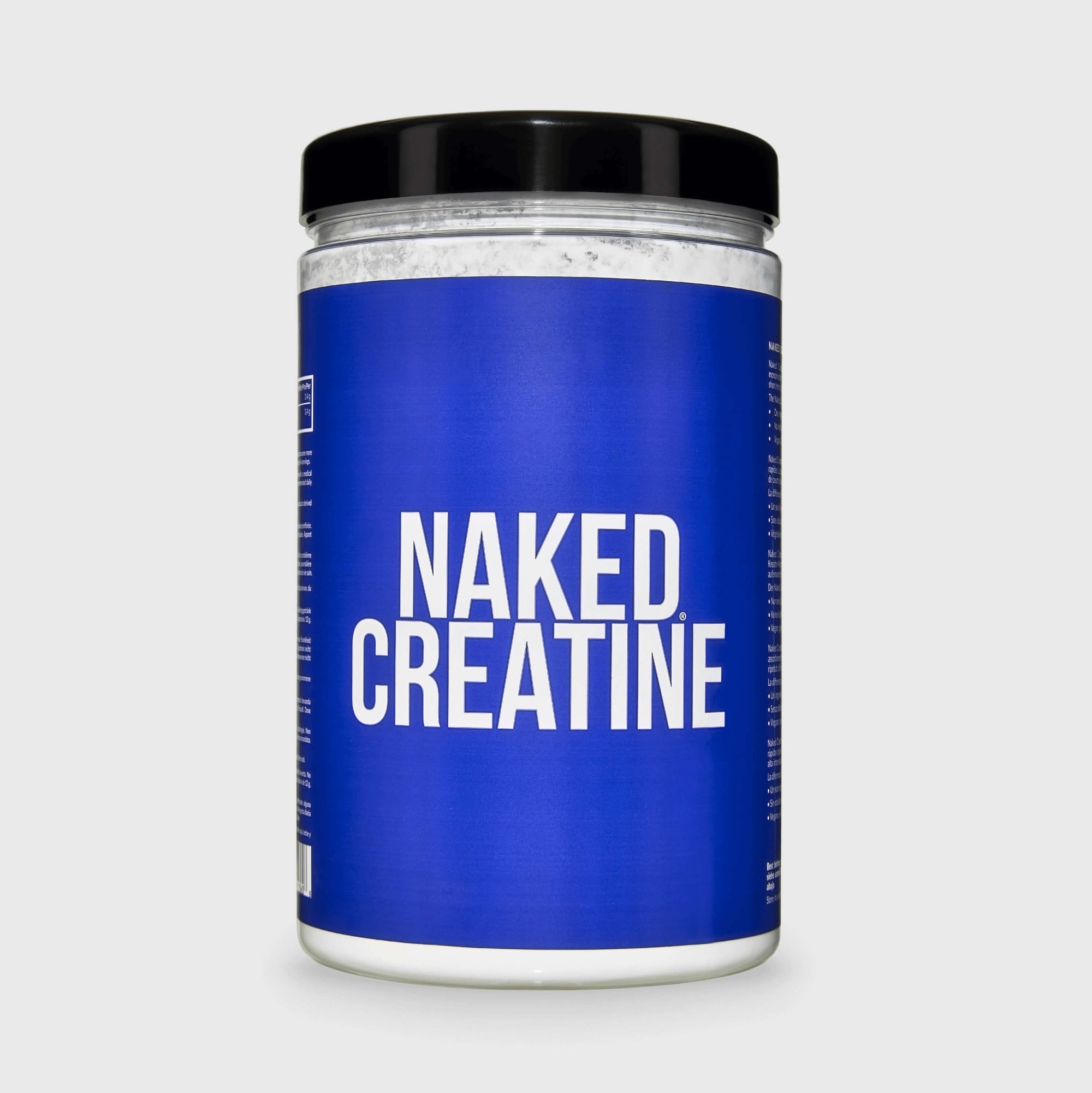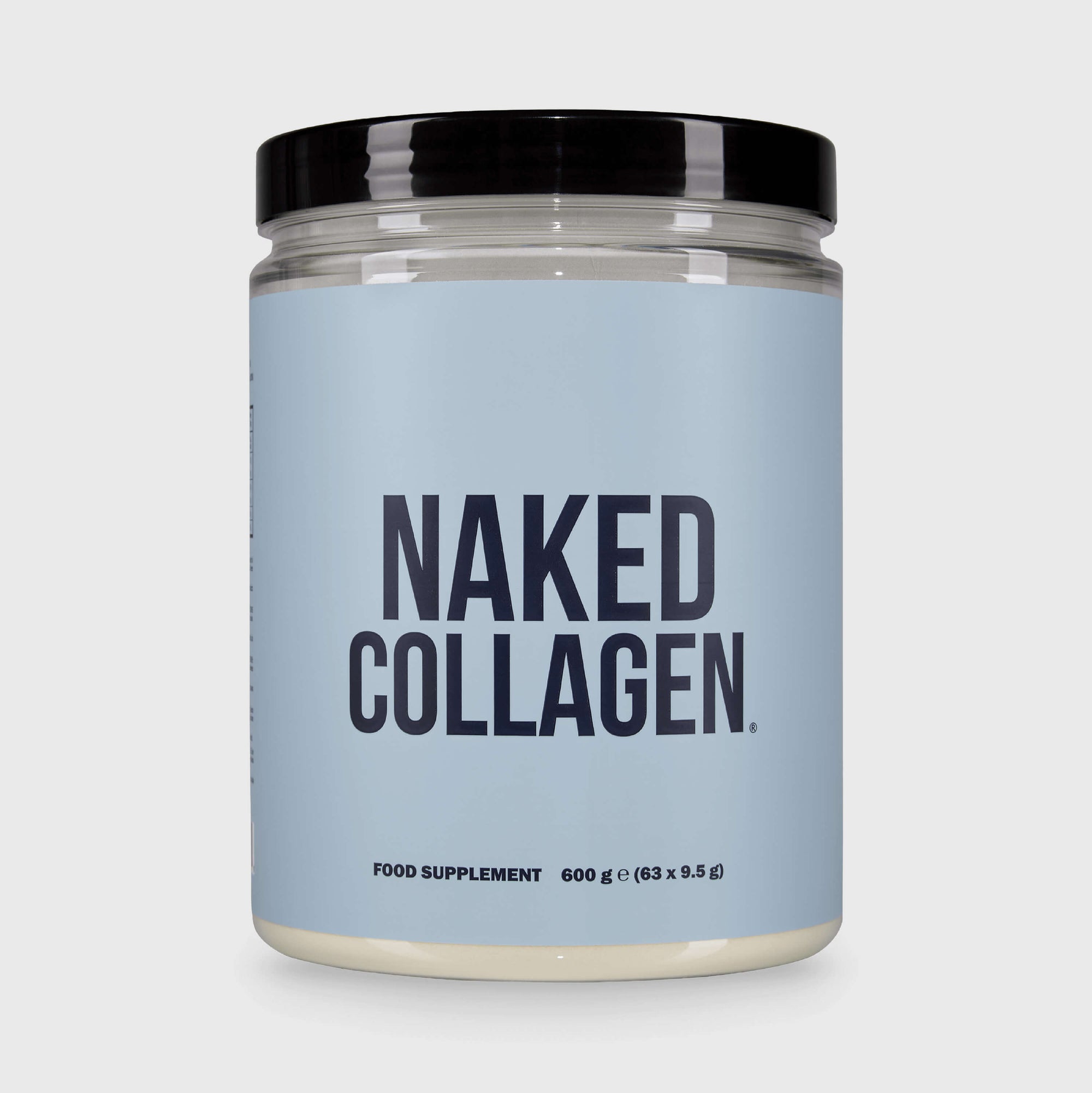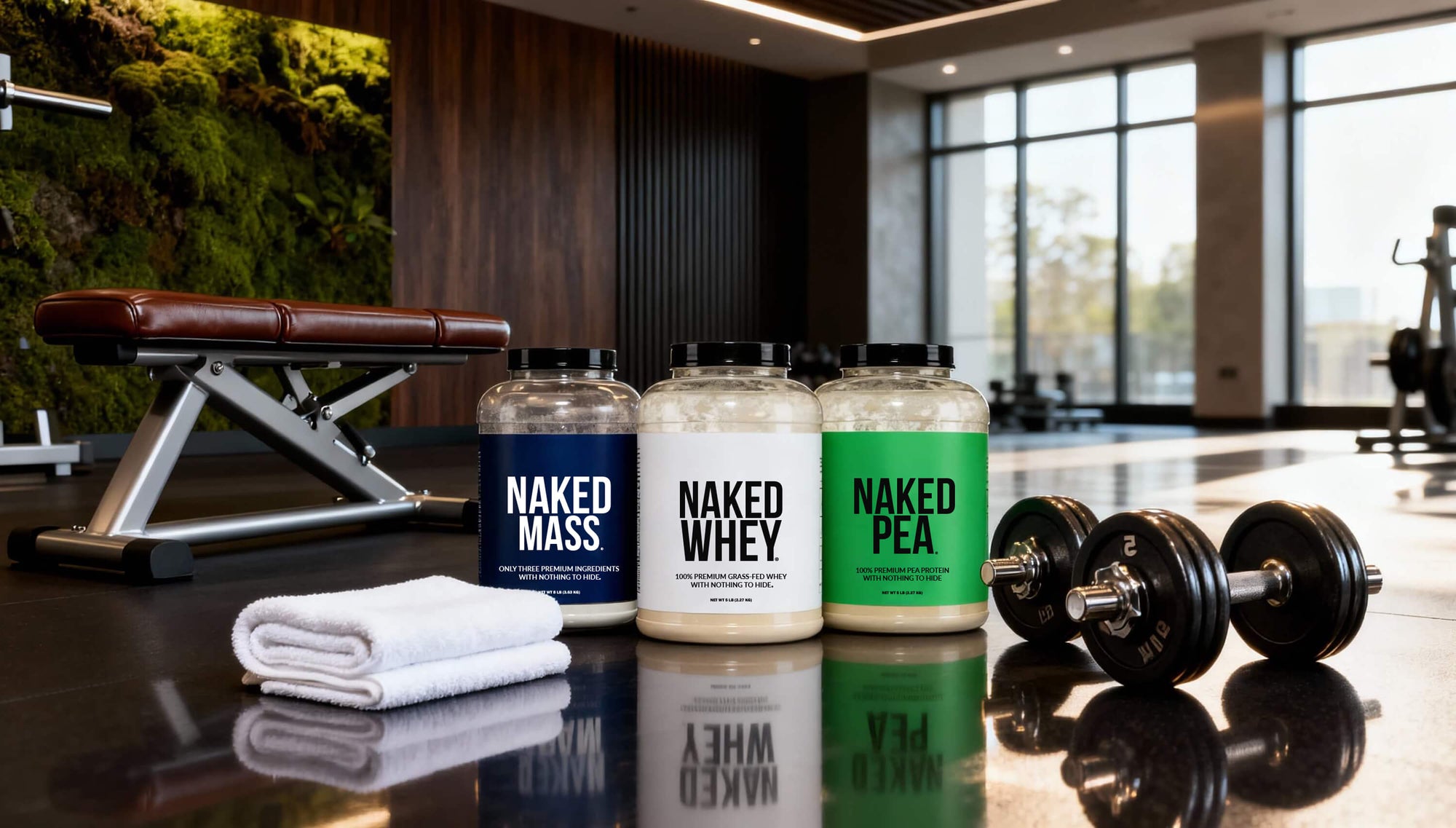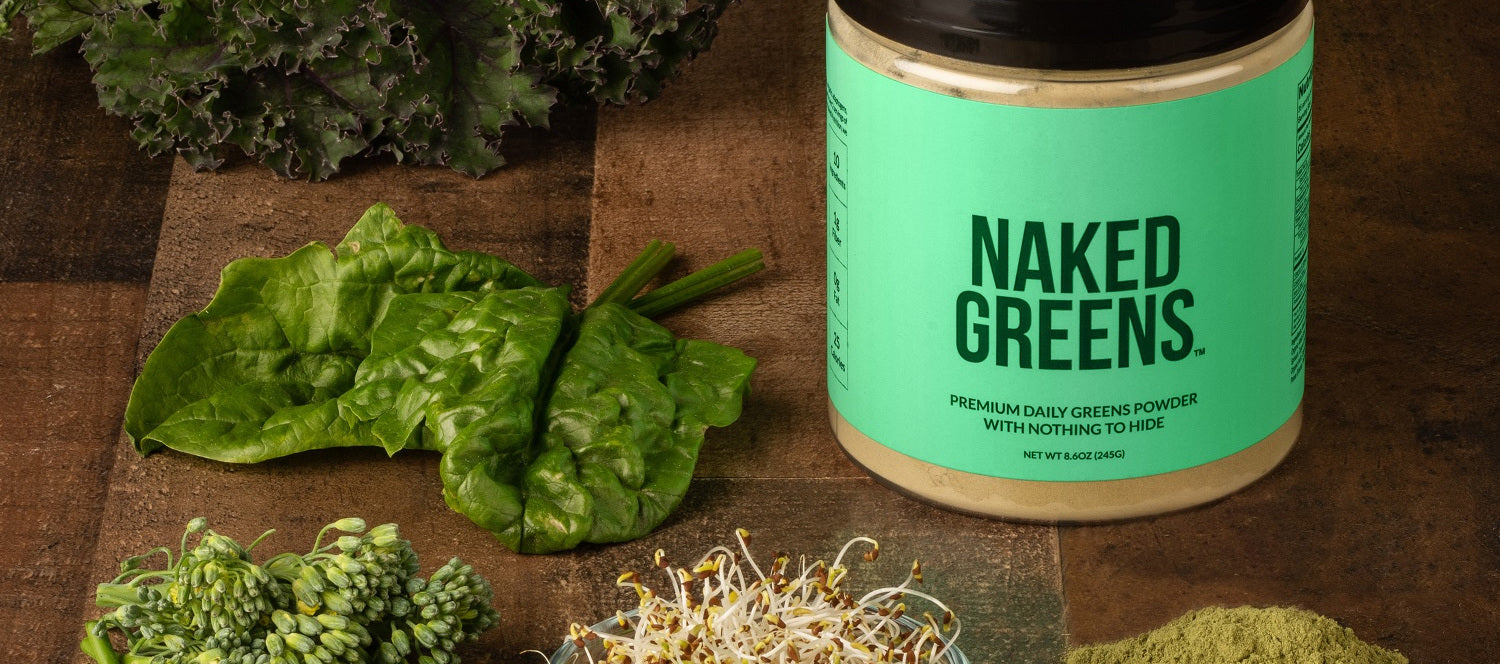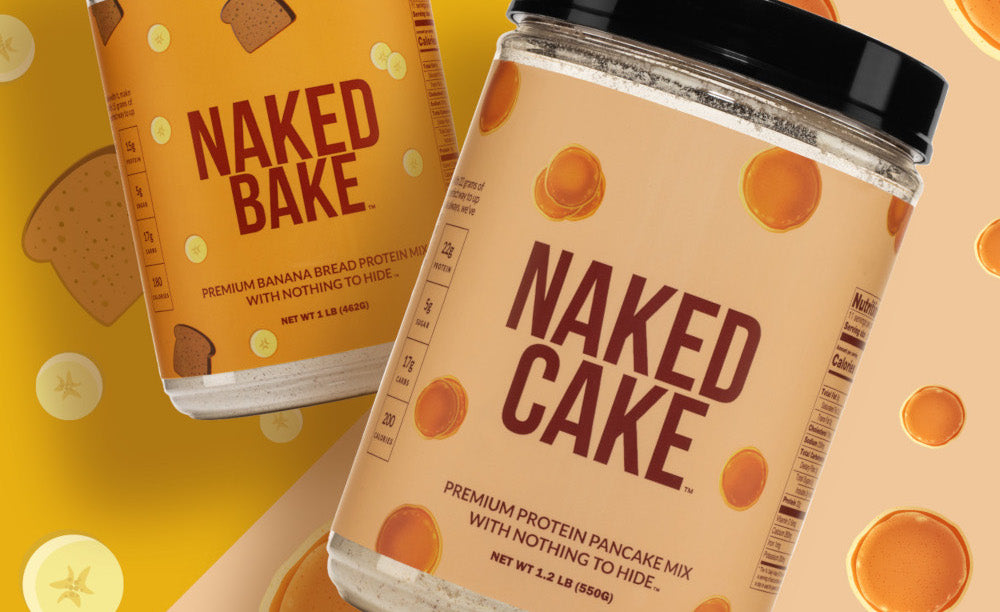Cardio isn’t one-size-fits-all. Whether your goal is to burn fat, improve conditioning, or sharpen your mind, the way you train makes a difference.
High-intensity interval training (HIIT) and steady-state cardio are two distinct, but equally popular methods. Both are great ways to improve fitness and heart health, but they do so through very different physiological pathways. And those differences can determine how well you reach your specific goals.
In this article, we’ll break down how HIIT and steady-state cardio work, what science says about their effects on fat loss, endurance, and brain health, and how to choose (or combine) them to match your training goals and lifestyle.
What Is HIIT?

High-Intensity Interval Training, or HIIT, is a style of training featuring alternating short bursts of near-max effort with periods of rest or low-intensity recovery.
Think sprints, cycling intervals, or full-body circuits that push you to your limit for 20 seconds to a few minutes before slowing down to recover.
A full session might last only 15 to 25 minutes, but it challenges your cardiovascular, muscular, and metabolic systems far beyond what that duration suggests.
What Is Steady-State Cardio?
Steady-state cardio is the more traditional approach to cardiovascular training, maintaining a consistent, moderate level of effort for an extended period, typically between 30 and 60 minutes.
It could be a jog, a moderately fast walk, a steady bike ride, or even swimming laps at a comfortable pace.
Your heart rate stays elevated but manageable, usually between 60 and 75 percent of your maximum effort (heart rate zone 2), allowing you to sustain the activity and build endurance over time.
The Science of HIIT vs Steady-State Cardio: What Happens in Your Body

Before we look at the benefits of HIIT vs steady-state, and which one is best for different goals, let’s take a quick look at the science behind each one, and what each form of cardio does for your body.
The Scientific Benefits of HIIT
By alternating between intense bursts of activity and recovery, HIIT causes your heart rate and oxygen use to skyrocket: a phenomenon known as EPOC (excess post-exercise oxygen consumption).
This means your body continues burning calories at a higher rate long after the workout ends. Research consistently shows that HIIT can improve aerobic capacity and insulin sensitivity as effectively as traditional endurance training, but in roughly half the time (Gillen & Gibala, J Physiol 2014, Boutcher, J Obes 2011).
HIIT also has unique effects on the brain. Short, high-intensity sessions can dramatically increase levels of brain-derived neurotrophic factor (BDNF): a molecule that supports memory, learning, and overall brain health.
One study found that just six minutes of hard cycling boosted circulating BDNF four to five times more than a 90-minute easy ride. This spike is tied to lactate production, which acts as a signal for the brain to grow and adapt (Miranda et al., Front Cell Neurosci 2019).
The Scientific Benefits of Steady-State Cardio

Steady-state cardio, in contrast, trains your aerobic system, the part of your metabolism that uses oxygen to produce energy efficiently.
Over time, this builds more mitochondria, the “power plants” inside your cells that convert fuel into usable energy. This results in improved endurance, better fat metabolism, and stronger cardiovascular health (Montero et al., J Physiol 2017).
Steady-state cardio also supports recovery and stress balance. Because it’s less intense, it helps lower cortisol (the body’s main stress hormone) and activates the parasympathetic nervous system, the “rest and restore” side that promotes calm and recovery.
Studies show that regular moderate-intensity exercise is strongly linked to better mood, reduced anxiety, and long-term brain health (Aylett et al., BMC Health Serv Res 2018).
Comparing the Benefits of HIIT vs Steady-State

When you look at the research side by side, both HIIT and steady-state cardio work; they just get you there in different ways.
HIIT drives your heart rate up fast, increases calorie burn even after the workout, and triggers powerful metabolic and brain changes.
Those short bursts of effort flood your system with lactate, which acts as a signal to release BDNF, the molecule linked to learning, memory, and brain resilience.
In other words, HIIT strengthens both your muscles and your mind in a short window of time.
Steady-state cardio, on the other hand, takes a calmer, more sustainable route. By keeping your heart rate in a moderate range for longer, it trains your body to use oxygen more efficiently, strengthens your heart, and builds the “engine” that supports all other physical activity.
It also helps regulate stress and recovery, lowering cortisol and improving overall mood and mental health.
In simple terms, HIIT is about intensity and efficiency; short, sharp sessions that push your limits and elevate performance. Steady-state is about consistency and endurance, with longer, easier sessions that support recovery, cardiovascular health, and stress balance.
Which Is Better for Fat Loss?
If your main goal is fat loss, both HIIT and steady-state cardio can help. But they do it in different ways, and the best choice often depends more on your lifestyle and preferences than on the workout itself.
HIIT burns calories quickly and keeps your metabolism elevated for hours after you finish, thanks to the afterburn effect (or EPOC), which means your body continues to use more oxygen and burn more energy during recovery.
HIIT also helps preserve lean muscle mass during calorie deficits, which is key for keeping your metabolism strong while you lose weight.
Steady-state cardio, meanwhile, burns calories at a slower but steadier rate. You won’t get the same post-exercise calorie burn, but the total energy expenditure can be just as high if you go longer.
This makes steady-state especially effective for beginners or those who prefer a more relaxed approach that doesn’t require recovery days between sessions. It’s also easier on the joints and nervous system, allowing you to do it more frequently (even daily) without overtraining.
Which Is Better for Muscle Retention and Strength Training?

If you’re training for muscle growth or strength, cardio can support your goals or work against them depending on how you approach it.
HIIT complements strength training well because of its intensity and shorter duration. The work intervals rely heavily on fast-twitch muscle fibers (the same ones you use for lifting heavy weights or explosive movements) which helps maintain strength and lean mass.
Studies suggest that HIIT, when paired with resistance training, can improve aerobic fitness and fat loss without compromising muscle size or power (Laursen & Jenkins, Sports Med 2002).
Steady-state cardio, on the other hand, can become counterproductive if done too much or too close to heavy training.
Long, high-volume endurance work can interfere with strength and hypertrophy adaptations. However, this only becomes an issue at very high training volumes (like marathon prep).
If you do, for example, 30 to 45 minutes of cycling or brisk walking, steady-state cardio can actually enhance recovery, improve blood flow to muscles, and support better training frequency without eating into gains (Wilson et al., J Strength Cond Res 2012).
Mental and Cognitive Benefits: HIIT, BDNF, and Brain Health

Cardio is one of the most powerful tools for protecting and enhancing the brain. Both HIIT and steady-state cardio boost mental health, focus, and long-term cognitive function, but they do so in slightly different ways.
HIIT stimulates a remarkable biochemical response that directly benefits the brain. Short, intense bouts of effort rapidly increase lactate levels in the blood.
This lactate travels to the brain, where it acts as a signal for the release of brain-derived neurotrophic factor (BDNF), a molecule that supports the growth of new neurons, enhances memory, and improves mood.
HIIT can increase circulating BDNF levels up to 5x as much as low-intensity exercise, leading to measurable improvements in cognitive performance and neuroplasticity (Miranda et al., Front Cell Neurosci 2019).
Steady-state cardio, on the other hand, supports brain health in a steadier, more restorative way.
Sustained moderate activity improves blood flow, oxygen delivery, and vascular health throughout the brain, especially in areas responsible for learning and memory.
It also helps regulate neurotransmitters like serotonin and dopamine, which can stabilize mood and reduce anxiety or depressive symptoms.
Regular aerobic exercise is even associated with a lower risk of neurodegenerative diseases like Alzheimer’s and Parkinson’s (Erickson et al., PNAS 2011; Mikkelsen et al., Maturitas 2017).
Risks, Recovery, and Who Should Do What
The benefits are one side of the equation; but to decide whether HIIT or steady-state cardio is best, you also need to consider the adverse effects (risks, how long it takes to recover), and which one your body can adapt to safely and sustainably.
HIIT delivers powerful results, but it’s also demanding. Because it pushes your heart rate near its maximum, it taxes not just your muscles but also your nervous system and recovery reserves.
Without enough rest, HIIT can lead to fatigue, hormonal imbalances, or even overtraining, especially if paired with heavy strength work or poor sleep.
For beginners, jumping straight into high-intensity intervals can increase the risk of strain or injury. Think of HIIT as a “booster shot” for your fitness: potent but best used in measured doses.
Steady-state cardio, on the other hand, is gentler on the body and easier to recover from. It helps improve blood flow, enhances muscle recovery, and can even reduce soreness when used as active recovery between intense workouts.
It’s ideal for beginners, older adults, or anyone managing high stress or joint issues. The lower intensity also makes it a perfect complement to resistance training, allowing you to increase total weekly activity without draining your recovery.
The main “risk” with steady-state cardio is doing too much volume without balancing it with strength training, which over time can reduce muscle mass or lead to plateaus in performance.
How to Combine HIIT and Steady-State for Maximum Results

You don’t necessarily have to choose between HIIT and steady-state cardio. You can do both.
Think of HIIT as your performance accelerator and steady-state cardio as your foundation.
HIIT rapidly improves your capacity to work harder for longer, enhancing your cardiovascular efficiency, metabolism, and power output.
Steady-state cardio builds the aerobic base that allows you to recover faster, sustain longer sessions, and stay consistent week after week.
Together, they create a balanced system that supports fat loss, muscle retention, and resilience (both physical and mental).
If you train three to four days a week, include one or two short HIIT sessions (for example, 20 minutes of intervals on a bike, rower, or track) paired with one to two longer steady-state sessions of 30–60 minutes.
This gives you the metabolic boost of HIIT without overwhelming your recovery capacity.
If you train five or more days a week, keep your HIIT days spaced apart (e.g., Tuesday and Friday) and fill the other days with lower-intensity cardio or strength training.
On rest days, steady-state walks, cycling, or swimming can help promote recovery while still burning calories and maintaining aerobic health.
The “80/20 rule” in training suggests that roughly 80% of your total cardio should be low to moderate intensity, with about 20% high intensity. This ratio has been shown to improve performance while minimizing burnout (Seiler & Tønnessen, Scand J Med Sci Sports 2009).
It’s a great starting point for most people: make steady-state your anchor, and add HIIT strategically for a performance edge.
Final Thoughts
When it comes to HIIT vs steady-state cardio, there’s no absolute winner; only what’s best for you.
Both forms of training can help you lose fat, strengthen your heart, improve your mind, and extend your healthspan. The difference lies in how they fit into your lifestyle, your goals, and your recovery.
HIIT is a fast track that builds fitness and focus efficiently, challenges your limits, and delivers powerful adaptations in less time. Steady-state cardio is the scenic route: it strengthens your foundation, supports recovery, lowers stress, and keeps you moving for the long run.
Regardless of which style you choose, always remeber to give your body the fuel it needs to perform and recover, so you can progress toward your goals. If you need the perfect fitness fuel, try our caramel protein coffee with real Colombian coffee and grass-fed whey protein.
The key is to pick the style that aligns with your energy, schedule, and preferences. If you enjoy pushing your limits, embrace HIIT a few times a week. If you find peace in steady, rhythmic movement, prioritize steady-state.
Either way, movement is medicine. And the best cardio routine isn’t the one that looks perfect on paper, but the one that keeps you coming back.

